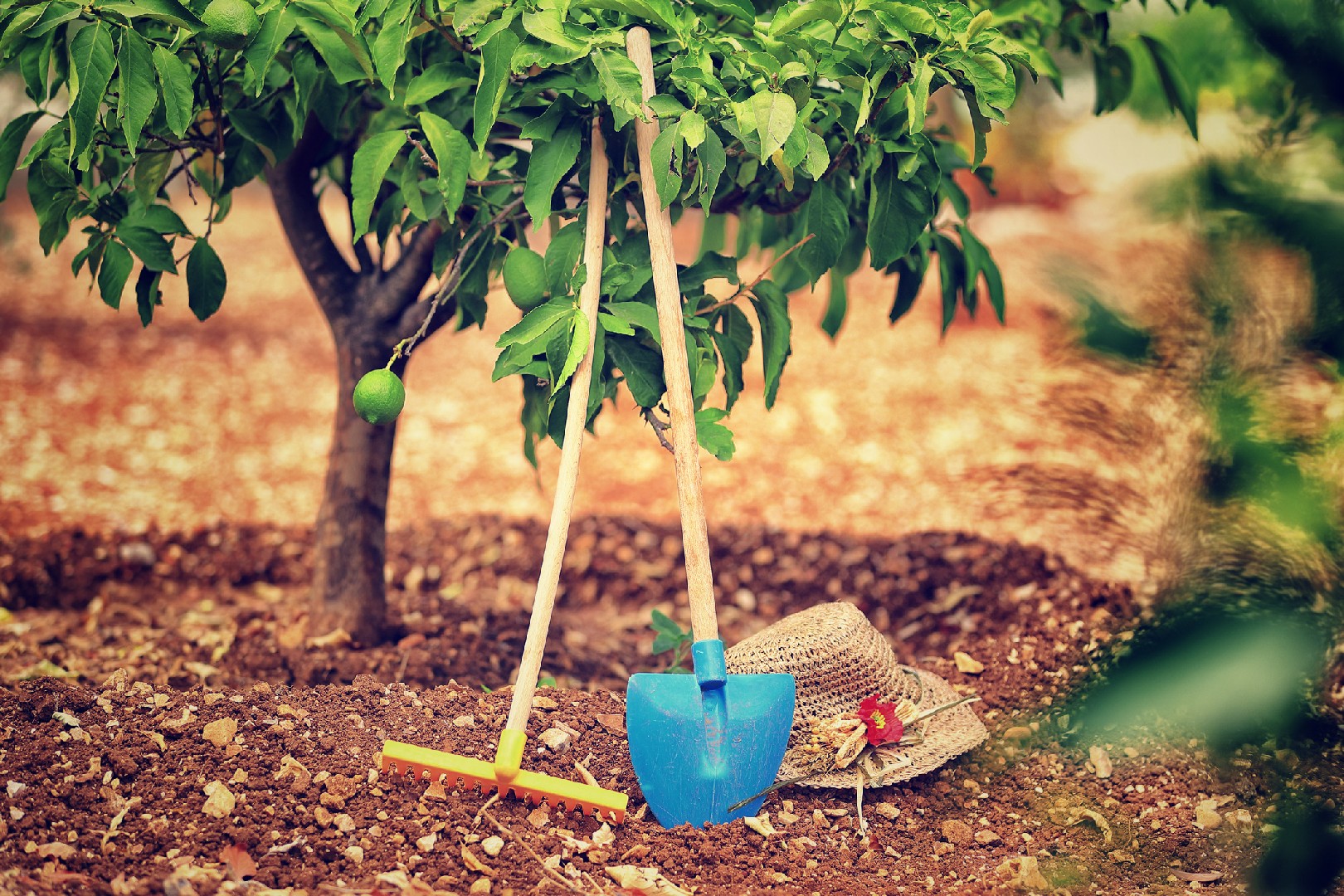![Rectangle]()
Planting Techniques: Making it Grow
Planting fruit trees in your backyard orchard is an exciting endeavor that can provide you with a bountiful harvest for years to come. By following the right planting techniques, you can ensure that your trees thrive and produce high-quality fruits. In this section, we will provide you with a step-by-step guide to tree planting, discuss the best seasons for tree planting, and give you tips on how to care for newly planted trees.
To begin with, let's talk about the step-by-step process of planting fruit trees. First, you need to choose a suitable location for your trees. Most fruit trees prefer full sun, so make sure the selected spot receives at least 6-8 hours of direct sunlight. Additionally, ensure that the soil is well-draining and rich in nutrients. You can improve the soil quality by adding organic matter, such as compost or well-rotted manure.
Once you have the location and soil ready, it's time to dig the planting hole. The hole should be two to three times wider and slightly shallower than the tree's root ball. Gently remove the tree from its container or wrapping, being careful not to damage the roots. Place the tree in the hole, making sure that the root crown (where the roots meet the trunk) is level with or slightly above the soil surface.
Next, backfill the hole with the soil you removed, ensuring that there are no air pockets. You can lightly firm the soil around the tree with your hands or a small garden tool. Avoid compacting the soil too tightly, as it can hinder root growth.
After planting the tree, it's crucial to provide it with adequate water. Newly planted trees need to be watered regularly, especially during the first few years as they establish their root system. Water deeply and thoroughly, ensuring that the soil is moist but not waterlogged. Mulching around the base of the tree can help retain moisture and suppress weed growth.
Now, let's discuss the best seasons for tree planting. While fruit trees can be planted at various times of the year, early spring and late fall are generally the most favorable seasons. Planting in early spring allows the tree to take advantage of the growing season ahead, while planting in late fall allows the tree to establish its roots before the harsh winter weather. Avoid planting during periods of extreme heat or cold, as it can stress the tree and affect its survival.
Finally, let's talk about how to care for newly planted trees. In the first year after planting, it's essential to monitor the tree's growth and provide it with proper care. Regularly check for signs of pests, diseases, or nutrient deficiencies. Prune any damaged or crossing branches to promote a strong and balanced structure. Fertilize the tree with a balanced organic fertilizer, following the manufacturer's instructions.
In conclusion, planting fruit trees requires proper techniques and care to ensure their successful growth. By following the step-by-step guide to tree planting, choosing the right seasons, and providing adequate care, you can create a thriving backyard orchard. Remember, the journey of growing your own fruits is both rewarding and enjoyable. Happy fruit gardening!





